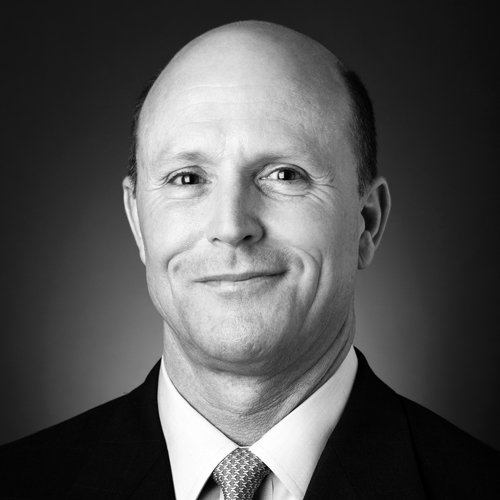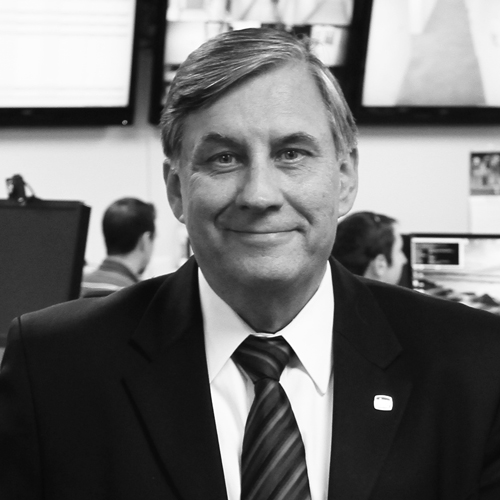I was one of five children. In between dealing with health emergencies and delivering babies for everyone in our village, my mother took primary responsibility for raising us (my father, a civil engineer, was recruited by the US Navy to help rebuild Guam after World War II). One of the things she taught us was that education was our ticket out of poverty. My father’s job took him to San Diego, and he brought us over as his funds allowed. My two older brothers got PhDs, and I earned a scholarship to Mills College. Later I got a master’s in public administration from California State University, in Hayward.
My first job was in the City of Oakland’s Office of Economic Development and Employment. I had big dreams; I thought I would eventually become city manager. Some of the labor and employment issues started to get contentious, though, and I was not happy. I met Jim Vohs, the CEO of Kaiser Health Plans, and he offered me a job in their public-affairs department. It was the right move at the right time, and I never looked back.
I held many different jobs at Kaiser, including assistant medical center administrator at Kaiser-Redwood City and manager of membership accounting and claims. In 1989, I was promoted to associate regional manager of Kaiser-Hawaii. It was a great opportunity, but it meant that I had to live apart from my husband and two sons. I did that for five years, going home to Oakland every weekend. After Kaiser, I held leadership positions at Blue Shield of California, Prudential Health Care Plan of California, and Health Net.
One of the programs I founded was Salud con Health Net. I noticed that many of Health Net’s blue-collar Hispanic clients had families south of the border who had limited access to healthcare. So we established a network of clinics in Mexico to provide services to them. We offered care on the weekends and in the evenings, since most of them worked during the day. As a result, this population gained access to local, affordable, and culturally aware healthcare for the first time in their lives. The program is still part of Health Net’s offerings.
I “retired” in 2002, but I couldn’t stay retired. I wanted to help working families make sense of healthcare and help companies with benefits administration, so I started Sterling Administration in 2004.
“It’s time for all of us to take more responsibility for how we utilize the healthcare system, how we spend health care dollars and, most importantly, how we take care of ourselves.”
When I first started in healthcare, health maintenance organizations (HMOs) were the main story. But the inexpensive co-pays of HMOs lead to price-insensitive consumers, since they never had to worry about the cost of anything. Health savings accounts (HSAs), on the other hand, give consumers an economic incentive to choose health services more carefully. HSAs empower consumers to find out how much things cost, ask their providers about therapeutically equivalent but less costly alternatives, and, thus, take charge of their own healthcare. At Sterling, we help companies with a wide variety of options, including HSAs, health reimbursement accounts (HRAs), premium-only plans (POPs), and flex plans. We also offer an online program called Benefits Solutions, which makes healthcare enrollment much easier and more efficient.
But we don’t stop there. We have developed some non-healthcare-related solutions for our clients, too. For instance, we created a debit card that helps companies manage and track employee-relocation costs. We also designed an expense reimbursement app that allows people to scan, photograph, or upload receipts so that they are immediately recorded and sent to a company’s accounting department instead of having to collect all those random pieces of paper at the end of the month. Earlier this year, I launched a new company, Amazing CARE Network, to empower and support us as we age.
I want Sterling employees to think about how we can make our clients’ lives better. To do that, they need to try new things, even if they end up not working. One of my mottoes is “Fail fast, learn faster.” If we don’t keep trying new things, we will not grow.
I not only want our clients to take charge of their healthcare—I want my employees to do the same. I try to create an environment where it is easy for them. Humor is a big part of that. We have lots of spontaneous celebrations. And I’m crazy about wellness. When I first started the company, I noticed a lot of sodas and bags of chips on people’s desks. Rather than preach about better habits, I decided to provide healthier alternatives, including fresh salads, fruits and vegetables, and breakfast, and everyone is encouraged to take wellness walks.
The Affordable Care Act isn’t perfect, but it’s a start. It was very unrealistic to think that one law could cure all the problems in healthcare or that you could extend coverage to millions of people without it costing anything. It’s like [the comic strip] Pogo said: “We have met the enemy, and he is us.” It’s time for all of us to take more responsibility for how we utilize the healthcare system, how we spend healthcare dollars, and, most importantly, how we take care of ourselves. Each of us can make a difference.
Photo by Terry Lorant Photography

